Author: Ryan Joneson
-
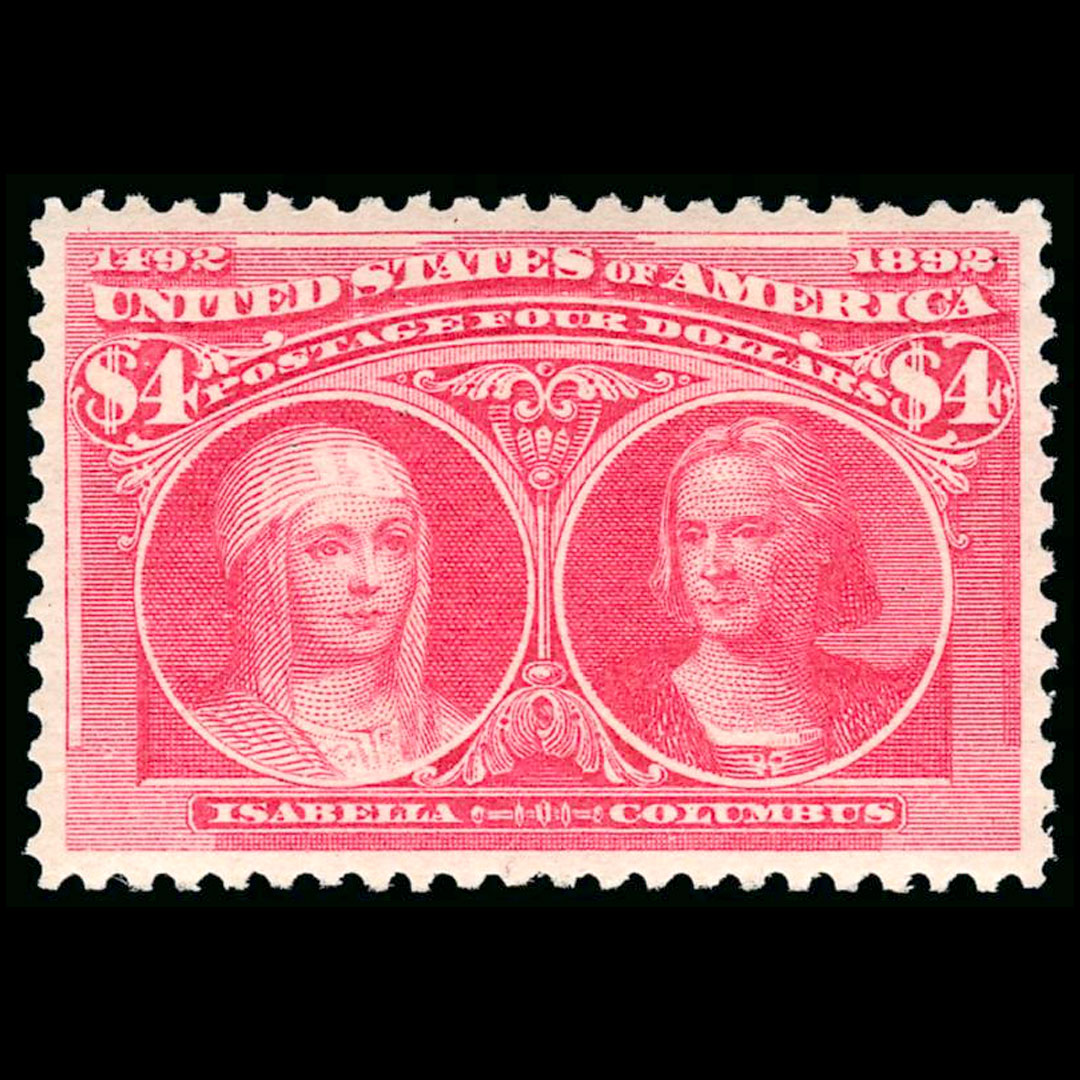
Scott #244
Continue reading: Scott #244Scott #244, the $4 denomination from the Columbian Exposition series of 1893, holds a prominent place in United States postal history. This series, issued to commemorate the 400th anniversary of Christopher Columbus’s arrival in the Americas, included 16 denominations ranging from 1 cent to $5. The $4 stamp depicts “Isabella and Columbus,” illustrating Queen Isabella…
-
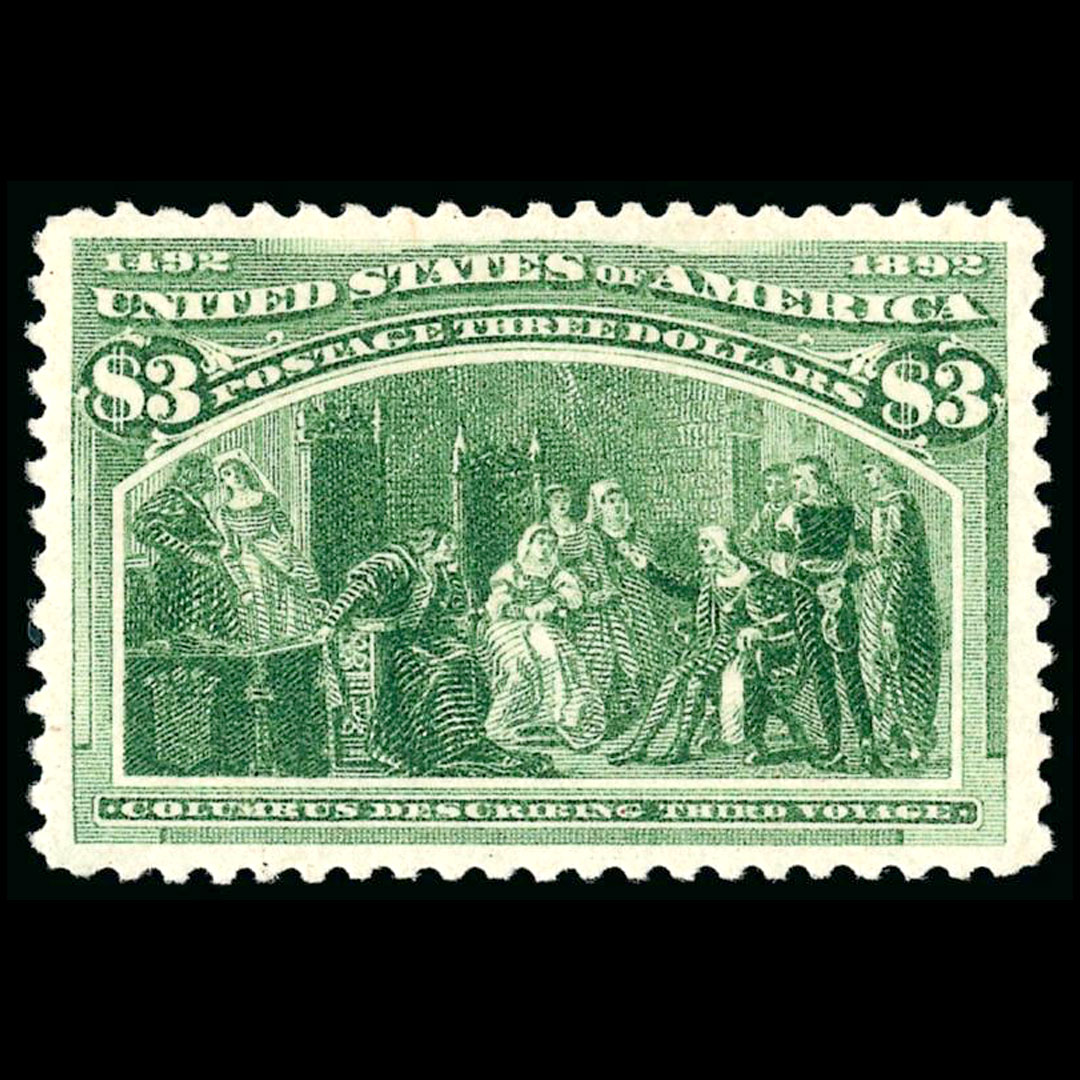
Scott #243
Continue reading: Scott #243Scott #243, issued as part of the Columbian Exposition commemorative series in 1893, is a $3 denomination stamp depicting “Columbus Describing His Third Voyage.” This stamp was one of sixteen in the Columbian series, which celebrated the 400th anniversary of Christopher Columbus’s landing in the Americas. The series was a significant departure from standard postage,…
-
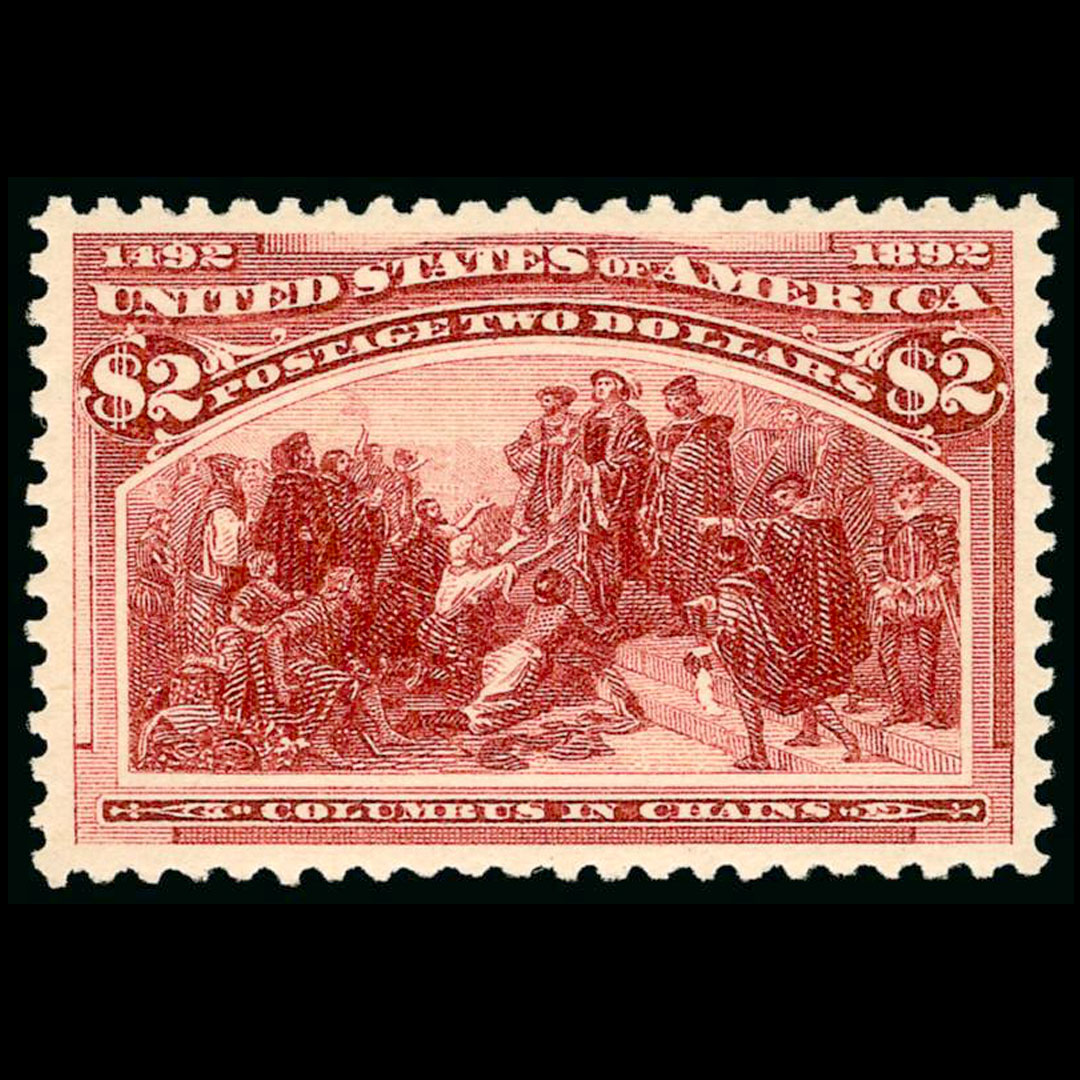
Scott #242
Continue reading: Scott #242Scott #242, part of the 1893 Columbian Exposition Issue, is a $2 denomination commemorative stamp that marked the 400th anniversary of Christopher Columbus’s first voyage to the Americas. This series was the first commemorative stamp set issued by the United States, consisting of 16 stamps with denominations ranging from 1 cent to $5. These stamps…
-
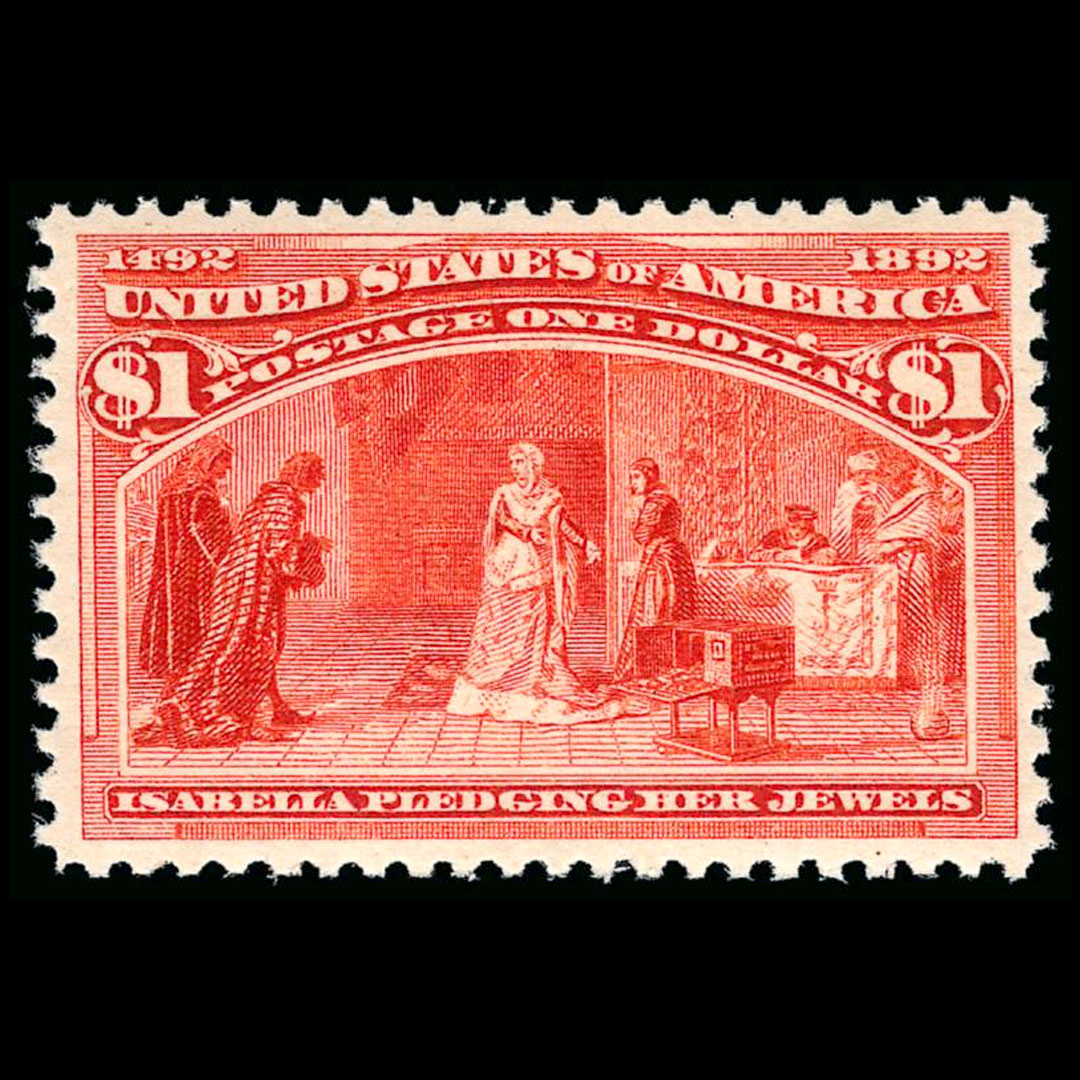
Scott #241
Continue reading: Scott #241The United States stamp Scott #241 is part of the Columbian Exposition series issued in 1893 to commemorate the 400th anniversary of Christopher Columbus’s voyage to the Americas. This series marked the first commemorative stamps issued by the United States, encompassing 16 denominations ranging from one cent to five dollars. Scott #241, a one-dollar denomination,…
-
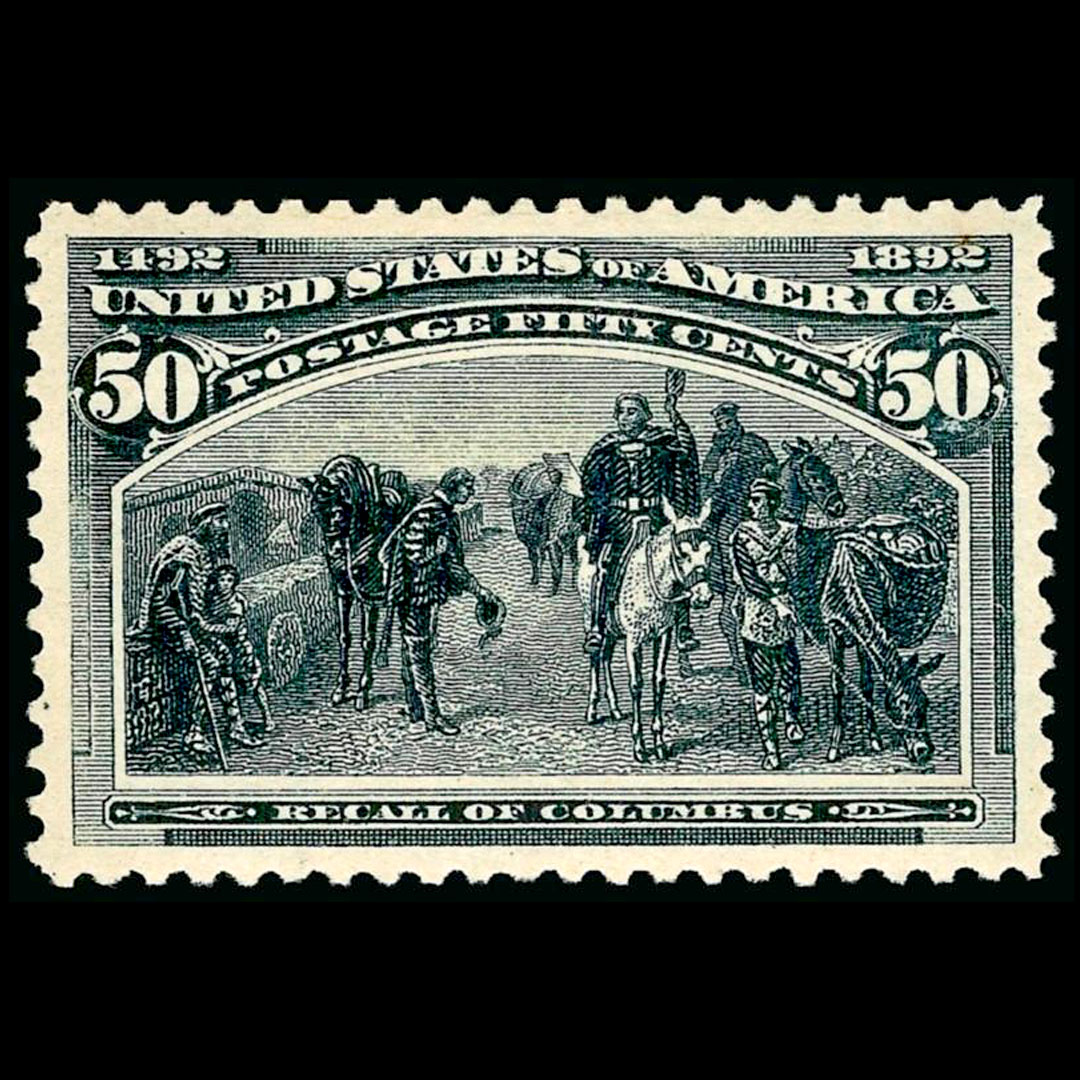
Scott #240
Continue reading: Scott #240Scott #240 is a 50 cent denomination stamp issued in 1893 as part of the Columbian Exposition commemorative series. This series, comprising sixteen stamps, was released to celebrate the 400th anniversary of Christopher Columbus’s voyage to the Americas. Each stamp in the series depicted key moments in Columbus’s life and voyages, serving both as a…
-
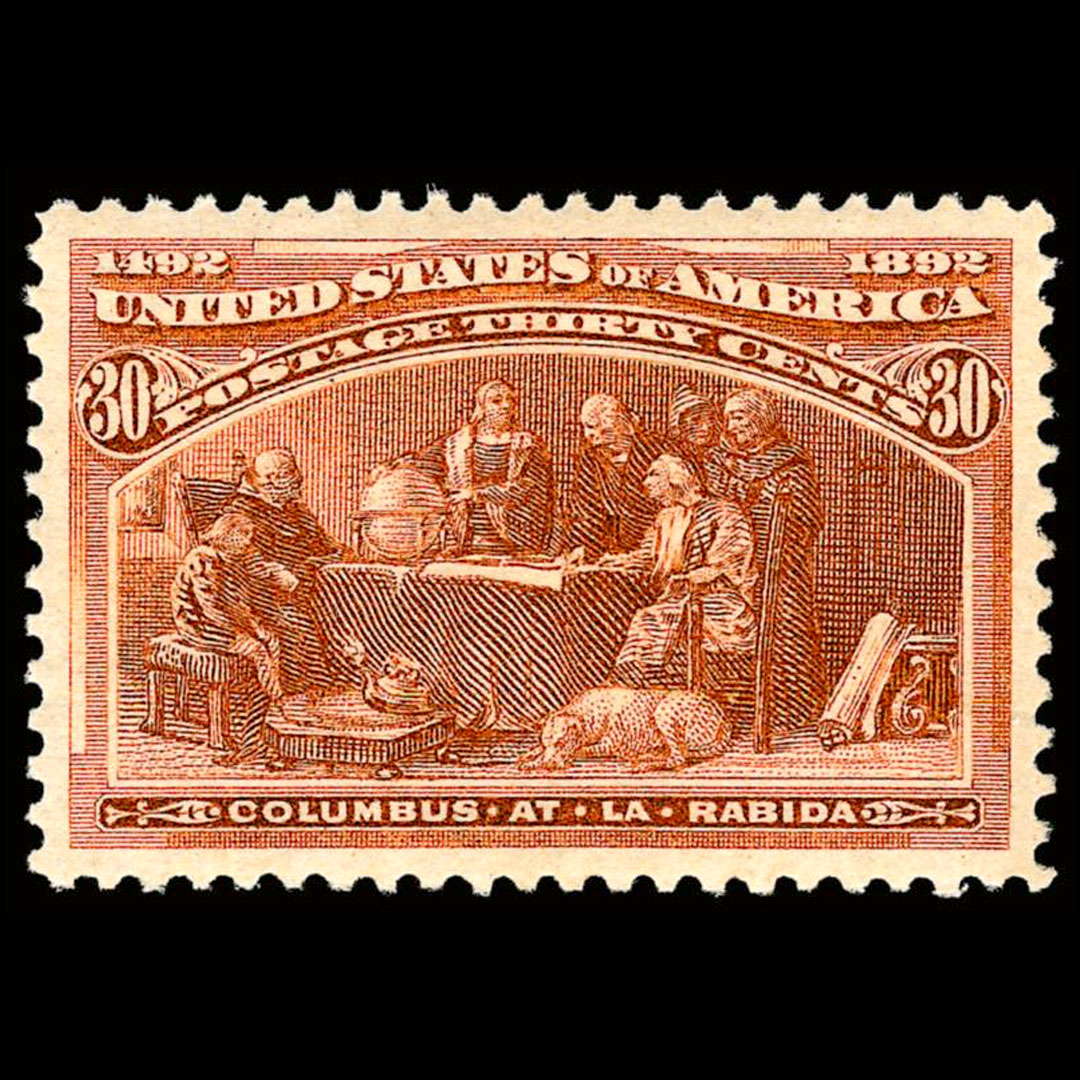
Scott #239
Continue reading: Scott #239The United States stamp Scott #239, part of the Columbian Exposition Issue of 1893, commemorates Christopher Columbus and his voyages. This series, issued to coincide with the 1893 World’s Columbian Exposition in Chicago, marked the 400th anniversary of Columbus’s landing in the Americas. The set, consisting of 16 stamps ranging in denomination from 1 cent…
-
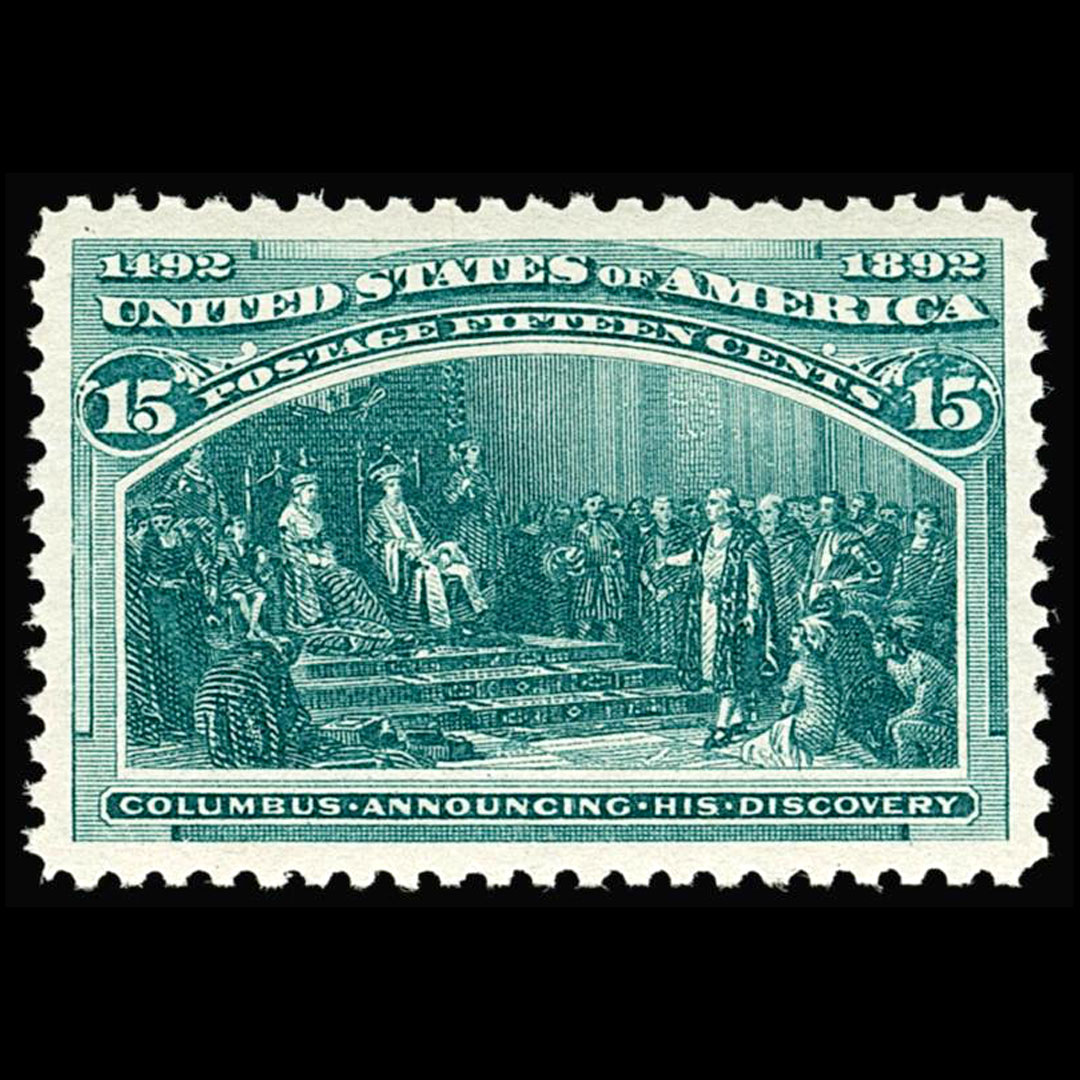
Scott #238
Continue reading: Scott #238Scott #238, a 15 cent stamp issued as part of the 1893 Columbian Exposition series, holds historical significance as a commemoration of the 400th anniversary of Christopher Columbus’s first voyage to the Americas. The series, known for its elaborate designs and commemorative intent, included 16 denominations ranging from one cent to five dollars, each depicting…
-
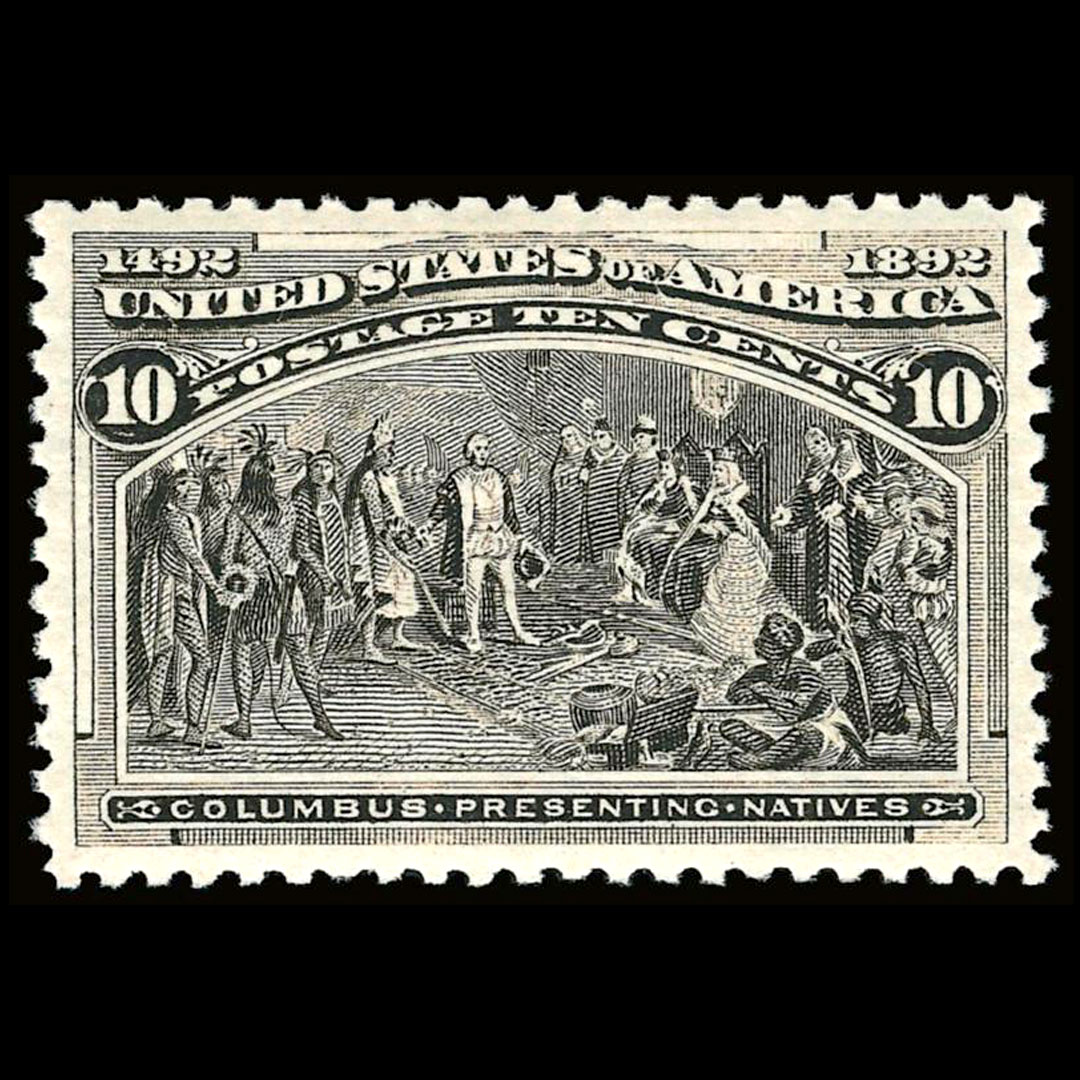
Scott #237
Continue reading: Scott #237Scott #237, the 10 cent “Columbus Presenting Natives” stamp, was issued as part of the 1893 Columbian Exposition series commemorating the 400th anniversary of Christopher Columbus’s first voyage to the Americas. The series, which comprised 16 denominations ranging from 1 cent to $5, was produced to celebrate the World’s Columbian Exposition held in Chicago. This…
-
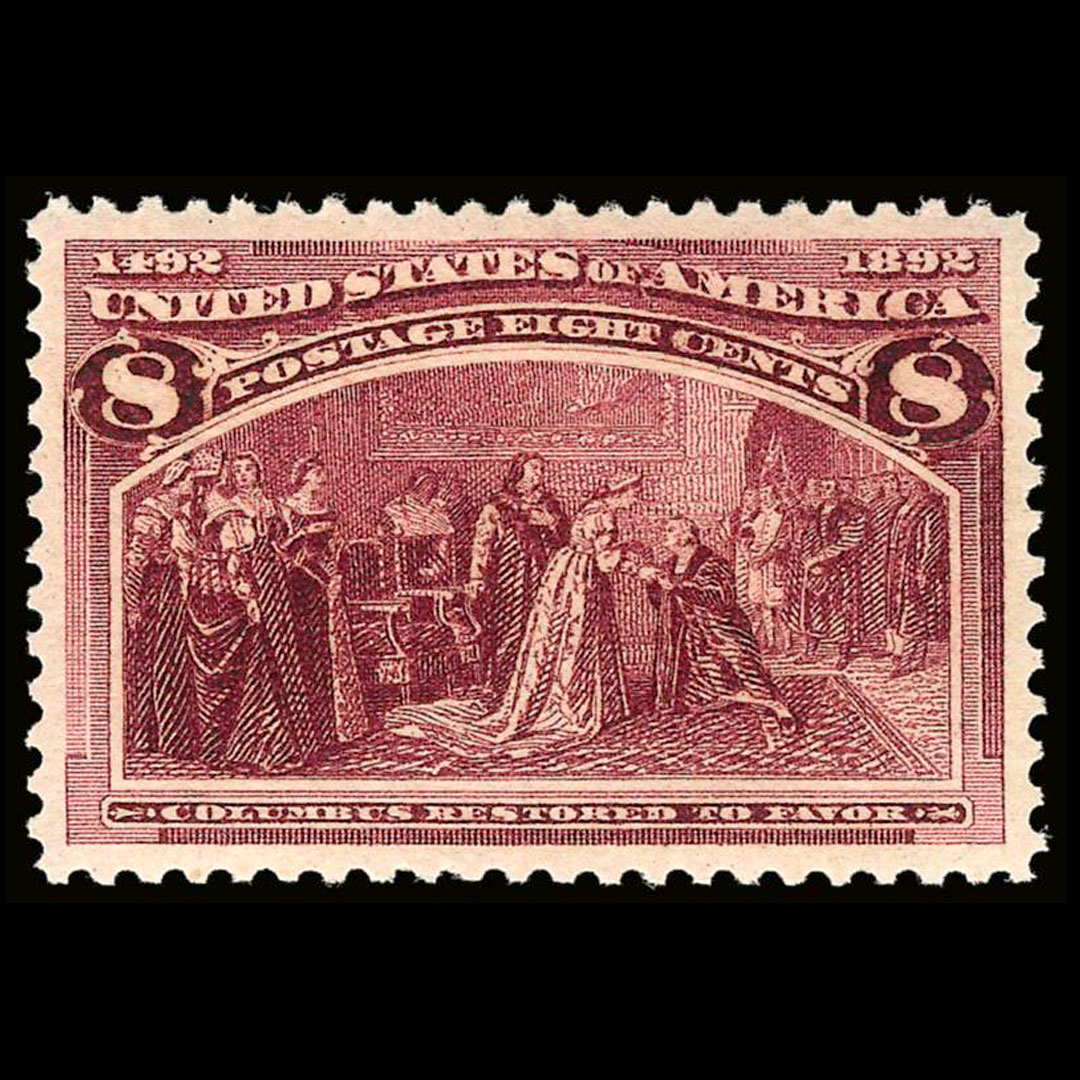
Scott #236
Continue reading: Scott #236Scott #236 is part of the Columbian Exposition Issue, a series of 16 commemorative stamps released in 1893 to celebrate the 400th anniversary of Christopher Columbus’s first voyage to the Americas. These stamps were produced in conjunction with the World’s Columbian Exposition held in Chicago, an event highlighting achievements in art, science, and industry. Scott…
-
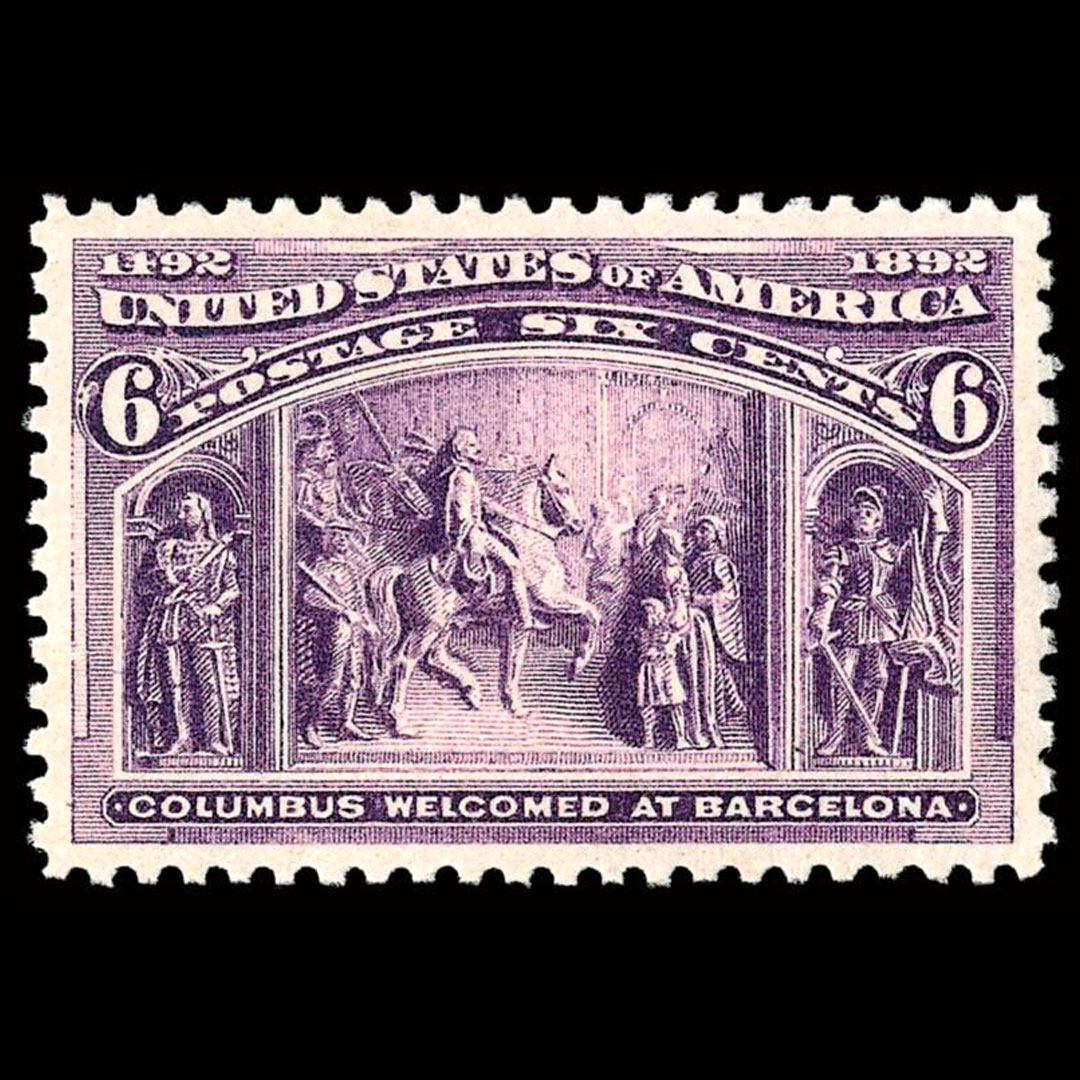
Scott #235
Continue reading: Scott #235Scott #235, a 6 cent stamp, is part of the Columbian Exposition Issue released in 1893 to commemorate the 400th anniversary of Christopher Columbus’s voyage to the Americas. This series, consisting of 16 different denominations ranging from 1 cent to $5, marked the first commemorative stamps issued by the United States. Design & Print The…